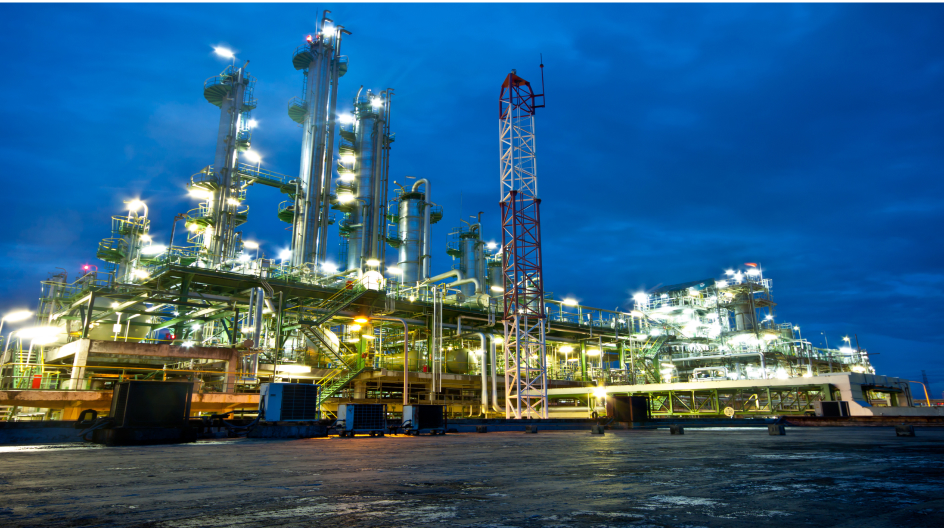7 Simple Techniques For Roar Solutions
7 Simple Techniques For Roar Solutions
Blog Article
Not known Factual Statements About Roar Solutions
Table of ContentsSee This Report on Roar SolutionsWhat Does Roar Solutions Mean?Facts About Roar Solutions Revealed
In such an atmosphere a fire or surge is possible when three basic problems are met. This is typically referred to as the "hazardous area" or "combustion" triangle. In order to safeguard installations from a prospective surge a method of evaluating and categorizing a potentially hazardous location is called for. The function of this is to guarantee the proper choice and setup of tools to ultimately prevent a surge and to ensure safety and security of life.
(https://www.wattpad.com/user/roarsolutions)
No equipment should be installed where the surface temperature of the tools is more than the ignition temperature level of the offered hazard. Below are some usual dirt harmful and their minimal ignition temperature. Coal Dirt 380C 225C Polythene 420C (melts) Methyl Cellulose 420C 320C Starch 460C 435C Flour 490C 340C Sugar 490C 460C Grain Dust 510C 300C Phenolic Resin 530C > 450C Aluminium 590C > 450C PVC 700C > 450C Residue 810C 570C The likelihood of the threat existing in a focus high sufficient to trigger an ignition will differ from area to place.
In order to categorize this risk an installation is separated right into areas of risk relying on the quantity of time the dangerous exists. These locations are referred to as Areas. For gases and vapours and dirts and fibres there are 3 zones. Zone 0 Area 20 A dangerous atmosphere is highly most likely to be present and might be present for extended periods of time (> 1000 hours annually) and even continually Zone 1 Area 21 A dangerous atmosphere is feasible yet unlikely to be existing for extended periods of time (> 10 450 C [842 F] A classification of T6 means the minimal ignition temperature is > 85 C [185 F] Hazardous location electrical devices maybe created for use in greater ambient temperatures. This would certainly indicated on the score plate e.g. EExe II C T3 Ta + 60C( This means at 60C ambient T3 will certainly not be exceeded) T1 T1, T2, T3, T4, T5, T6 T2 T2, T3, T4, T5, T6 T3 T3, T4, T5, T6 T4 T4, T5, T6 T5 T5, T6 T6 T6 A T Course rating of T1 suggests the maximum surface area temperature produced by the tool at 40 C is 450 C. Assuming the linked T Class and Temperature ranking for the equipment are proper for the area, you can always make use of an instrument with a much more rigorous Division score than needed for the area. There isn't a clear solution to this inquiry sadly. It truly does rely on the type of devices and what fixings require to be accomplished. Devices with particular test treatments that can not be performed in the field in order to achieve/maintain 3rd event rating. Should return to the manufacturing facility if it is before the equipment's service. Area Fixing By Authorised Employee: Complicated testing may not be needed nonetheless specific procedures may need to be followed in order for the equipment to preserve its 3rd party score. Authorized workers have to be used to execute the job appropriately Repair must be a like for like replacement. New component must be thought about as a direct replacement requiring no special screening of the tools after the fixing is full. Each item of tools with an unsafe ranking ought to be evaluated separately. These are outlined at a high degree listed below, but also for even more in-depth info, please refer directly to the guidelines.
Some Known Details About Roar Solutions
The devices register is an extensive data source of tools documents that consists of a minimum set of areas to recognize each product's location, technological specifications, Ex category, age, and environmental data. The proportion of Comprehensive to Close examinations will be determined by the Tools Danger, which is assessed based on ignition threat (the possibility of a resource of ignition versus the likelihood of a flammable environment )and the hazardous location classification
( Zone 0Area 1, or 2). Implementing a durable Risk-Based Examination( RBI )technique is vital for making certain conformity and security in taking care of Electrical Equipment in Hazardous Locations( EEHA).
Some Of Roar Solutions

In terms of eruptive risk, a dangerous area is an atmosphere in which an explosive atmosphere exists (or may be anticipated to be present) in amounts that need special precautions for the building, installment and use of devices. Roar Solutions. In this post we check out the difficulties faced in the work environment, the danger control measures, and the called for competencies to function safely
These compounds can, in specific problems, form eruptive ambiences and these can have major and terrible repercussions. Most of us are familiar with the fire triangular eliminate any one of the three components and the fire can not occur, however what does this mean in the context of hazardous locations?
In the majority of instances, we can do little concerning the levels of oxygen airborne, but we can have substantial influence on resources of ignition, as an example electric tools. Dangerous locations are documented on the unsafe area classification illustration and are identified on-site by the triangular "EX LOVER" indication. Here, amongst other vital details, zones are split right into three types depending upon the danger, the possibility and duration that an eruptive atmosphere will exist; Area 0 or 20 is regarded the most unsafe and Area 2 or 22 is considered the least.
Report this page